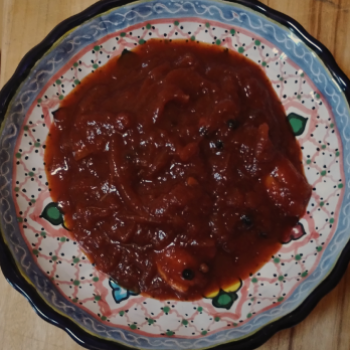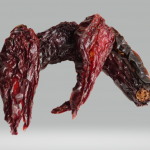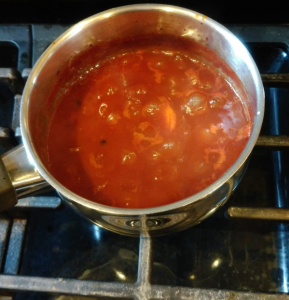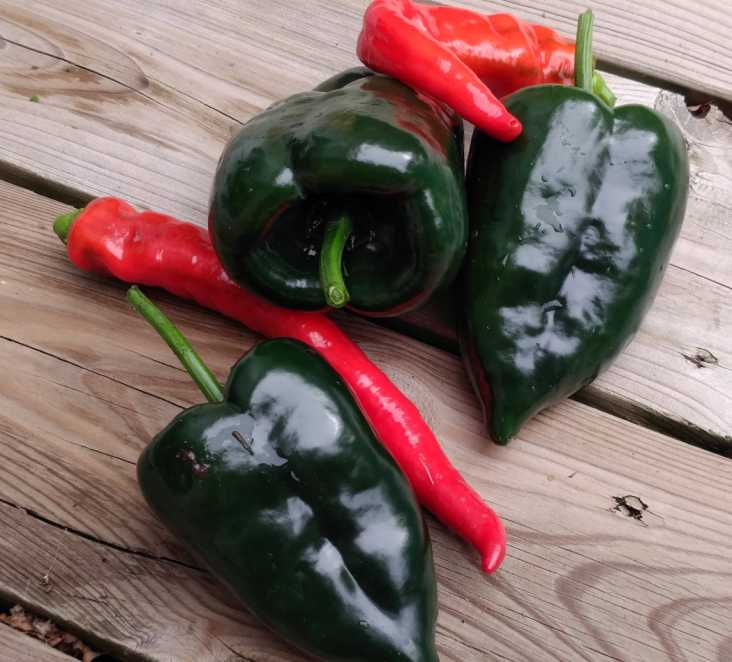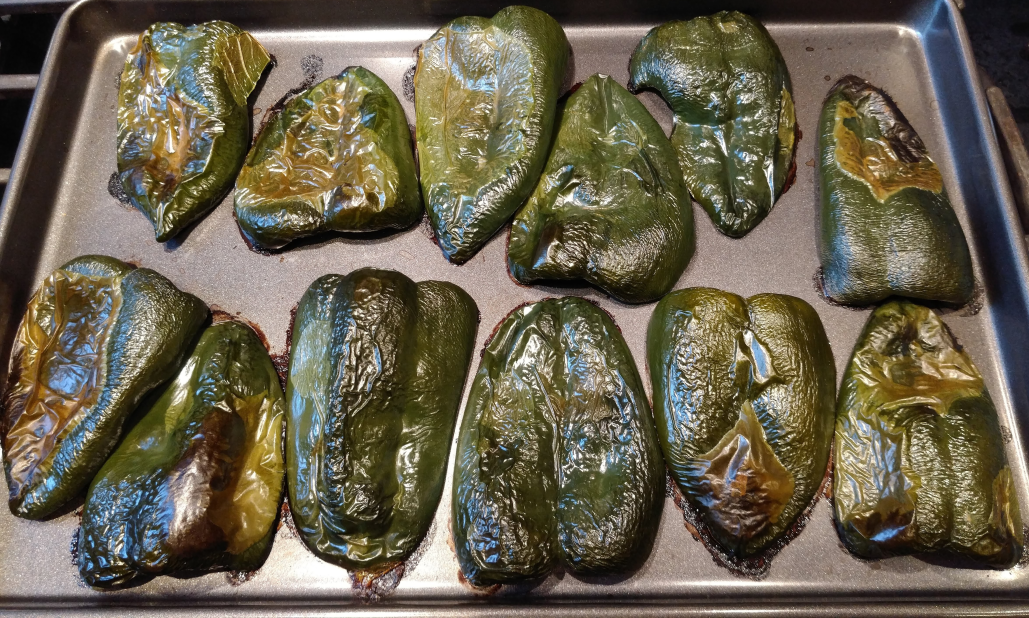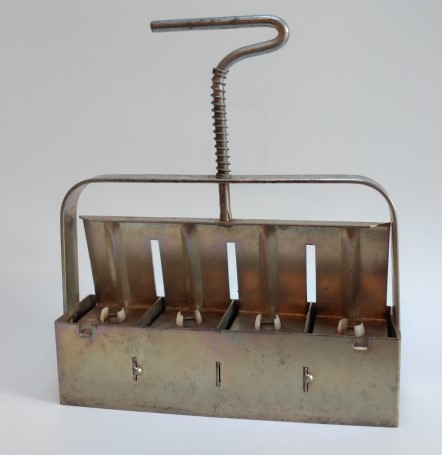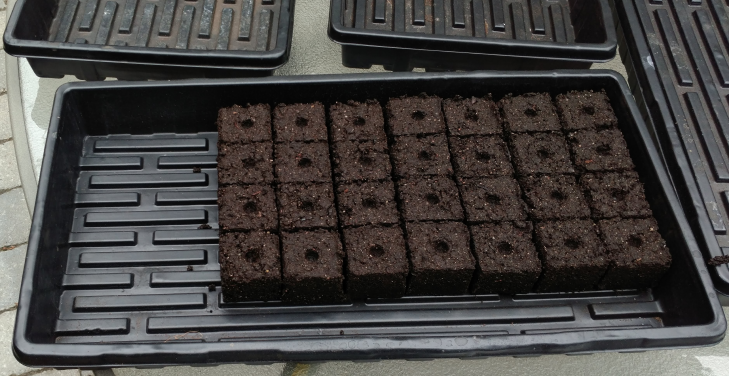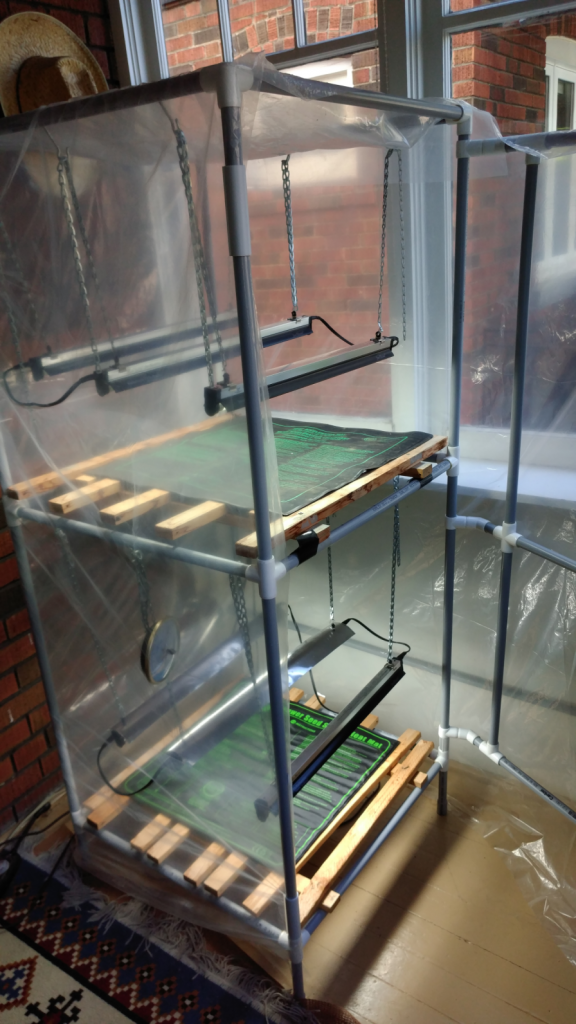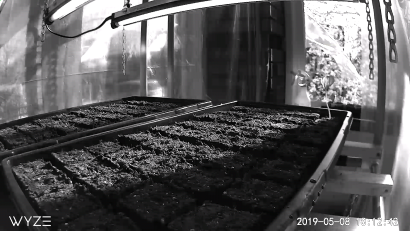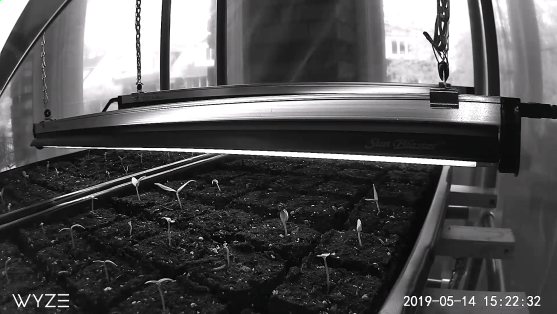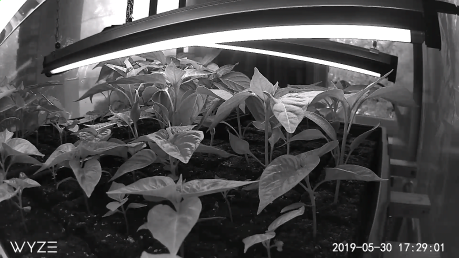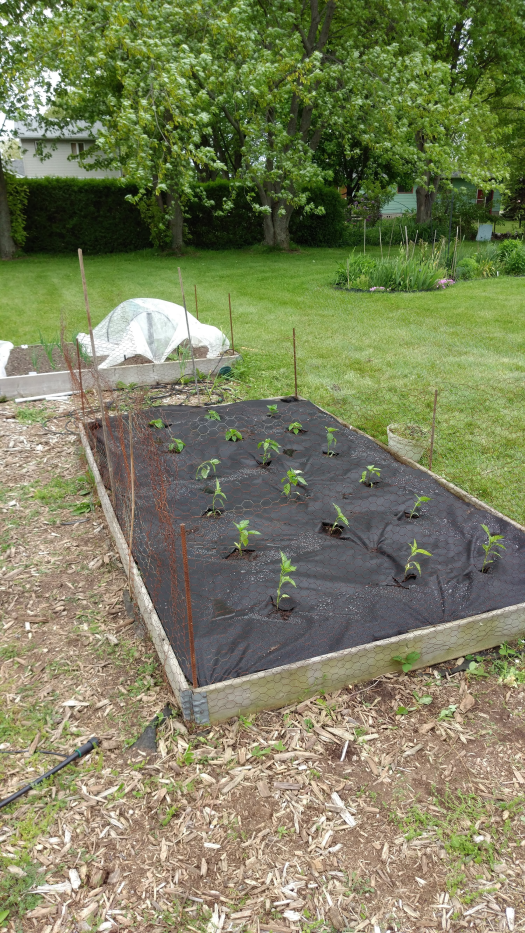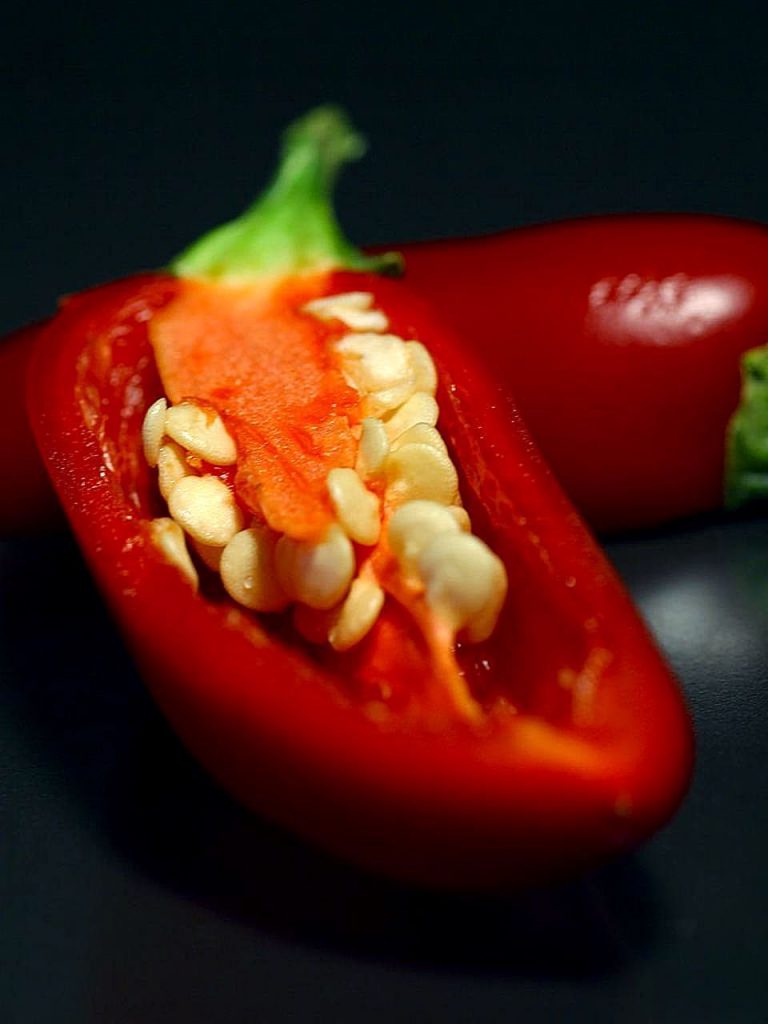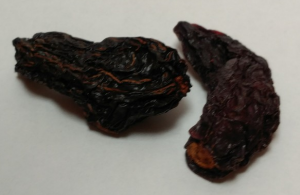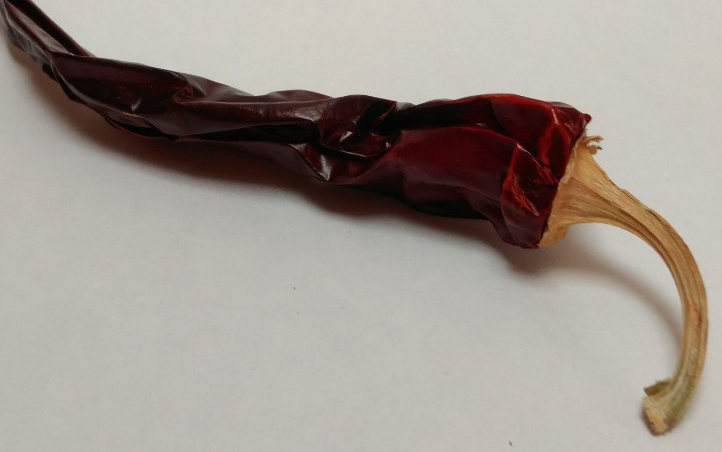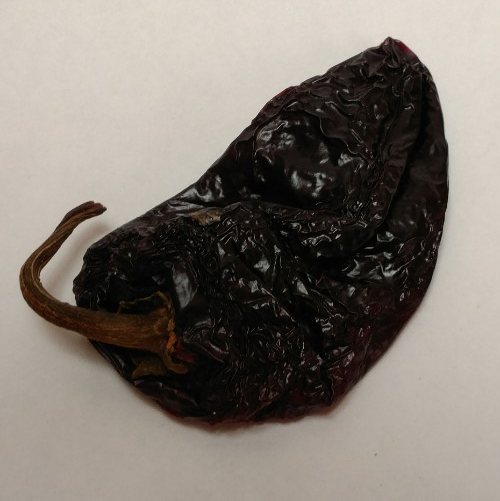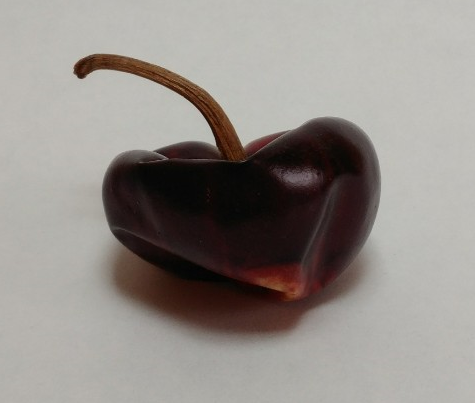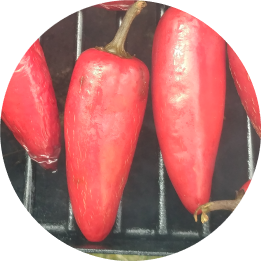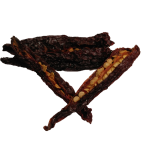
Mexican chilies are an amazing and versatile ingredient to have in your pantry. However, many Canadians are unfamiliar with how to make use of them in their cooking. Here’s a simple recipe for homemade Mexican Chili BBQ sauce that I hope will inspire you to try them out. Best of all, you can buy hard-to-find Ancho chilies and Guajillo chilies direct from Bluewater Pepper Farm or at one of our retail partners in Huron County.
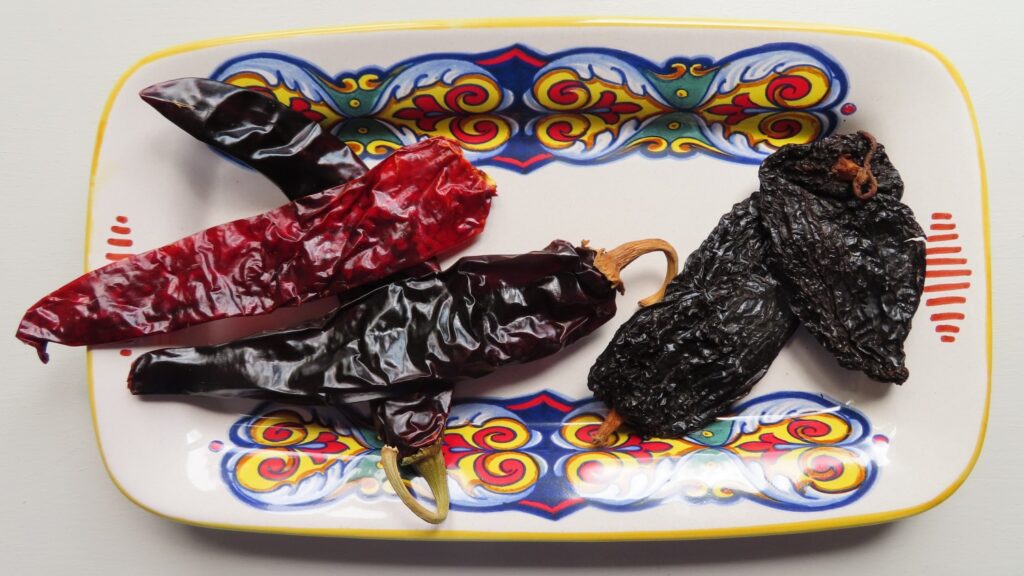
This BBQ Sauce is great on grilled chicken or pork, as a dressing for grilled chicken wings, and it lends authentic Mexican flavour to your taco filling — shredded chicken, beef, pork or even tofu. Spice it up even more with one of our fermented hot sauces, Hellfire Habanero, Chipotle Madness or Cranny Pepper Sauce.
When most of us hear the word “chilies”, we often assume that equates with hot and spicy. While that’s often the case, many popular Mexican chilies are quite mild. By combining different chilies in your cooking, you can find the right heat level.
You can make this delicious BBQ sauce using spices and ingredients you likely have on hand or easily find with the exception of the chilies, Mexican oregano and chipotle powder, which you can buy from our store.
BBQ Sauce ingredients Archives – Bluewater Pepper Farm
For a dead simple version, you can even start with regular ketchup – more about that later.
Some basics for using Mexican chilies in your cooking
First off, chilies are harvested when ripe and then dried (often smoked too), resulting in leathery pods produced by the ton in Mexico. Dehydration serves to concentrate the flavours and ensures the chilies store well at room temperature.
When used in cooking they’re added to sauces, or ground into powder. Here are a few general techniques (though no rule is cast in stone).
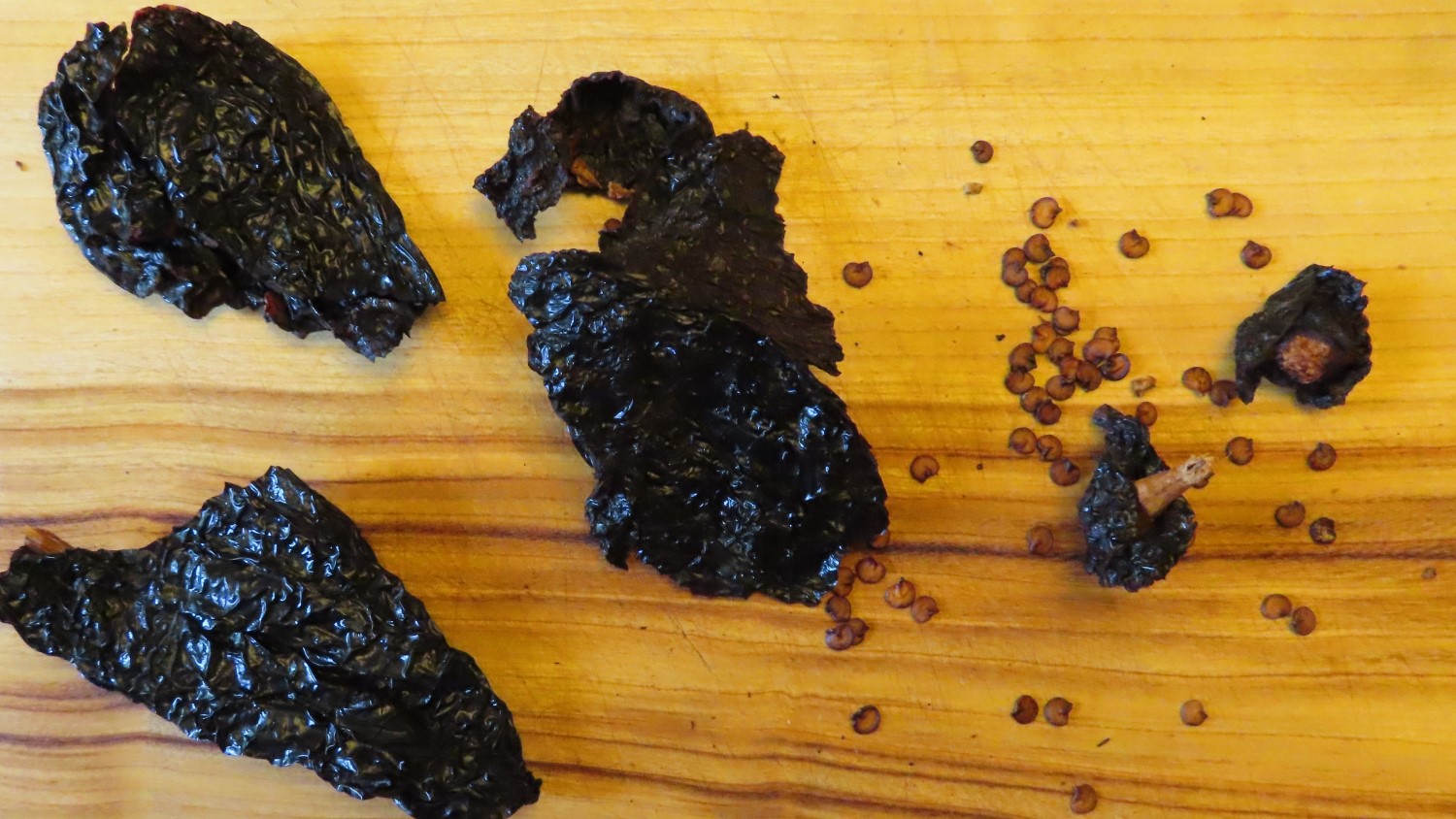
Lightly toast the chilies to bloom the flavours. Do this whether making a sauce or powder. Remove the stems and discard. You can keep the seeds and stringy pith, or toss them. Just remember those are hotter than the rest of the chili. Tear chilies into pieces. Toast for a minute or so in a hot skillet, pressing them down with your spatula and flipping once. Be careful not to burn them – there shouldn’t be any smoke.
Make powder by grinding up the toasted chilies in a spice / coffee grinder. Use the powdered spice in meat rubs, soups, sauces, etc.
If you’re using the chilies to make a sauce, then soak them by covering with some boiling water. Weigh down the chilies to ensure they’re submerged and soak for 20 or 30 minutes. The liquid and the chilies go right into the pot from there.
Of course, this is just the very basics. You’ll find tons of inspiring recipe ideas by searching the web.
Anchos or Guajillos?
Ancho Chilies are a sweet, mild and smoky chili that may be the most widely used in Mexican cuisine. They are a large, meaty chili, made from ripe poblano peppers. Guajillo’s are dark red colour with a thin wall and shiny skin when dried. They have an earthy flavour with tones of tea. Guajillos are hotter than Anchos, but nowhere near jalapeños or habaneros, especially if you remove the seeds. In Mexico, you’ll find both these chilies everywhere, even in corner stores.
You can make this BBQ sauce using either type, or try a combination of the 2. And, since it’s BBQ sauce, you can be as creative as you want. Remember to keep a balance of salt, sweet, vinegar and heat but after that, you can try adding or substituting other spices and flavours. Some good candidates are black pepper, cinnamon, nutmeg and tamarind.
A final note, the recipe calls for Mexican whole leaf oregano, also hard-to-find in Canada, but also available here from our shop. This type of oregano is used throughout Latin America, so if you want authentic, give it a try. It has a slightly stronger flavour, but can be used in place of Mediterranean oregano in cooking.
Ancho Chili BBQ Sauce
Equipment
- 3 qt sauce pan
- small, heavy skillet (for toasting chilies)
- blender or food processor
- Storage jars – makes about 1 quart
Ingredients
- 2 whole Ancho Chilies approx 1 ounce
- 3 whole Guajillo Chilies
- 1/2 cup boiling water for soaking chilies
- 1 tbsp Mexican whole leaf oregano you can substitute regular oregano
- 1 tsp Hot Smokey Chipotle powder Adjust amount of chipotle to calibrate the heat level as follows: mild – no chipotle, medium – 1/2 tsp, spicy – 1 tsp or more. You can always add more, but you can't take it out!
- 1 tsp granulated garlic or garlic powder
- 1 tsp ginger powder
- 4 whole cloves
- 1 tsp whole allspice
- 1 tsp salt adjust to taste at the end
- 1 20 oz can tomatoes (crushed, whole or diced)
- 1 medium onion, roughly chopped
- 2 tbsp soy sauce be sure to use gluten free if that's an issue
- 3 tbsp cider vinegar you can another type of vinegar – be sure to avoid malt vinegar if you require gluten free
- 1/2 cup maple syrup or brown sugar
Instructions
- Rip the chilies into 1 or 2 inch pieces. Discard the stem. Whether or not to use the seeds is a personal choice. They add more heat and a slightly more bitter taste to the final product that many people like – it's up to you.
- Have your boiling water ready. Keep a close watch as you toast – you don't want to burn them! Place the chilies In a medium hot skillet in a single layer. Press down with a spatula to get an even toasting, and flip over once or twice. You should see them start to 'sweat' a bit, but not smoke. This shouldn't take much more than a minute.Place the toasted bits into a measuring cup and pour about 1/2 cup boiling water on top. Submerge them using a drinking glass to weigh them down. Let the chilies soak for 20 minutes or so.

- Place all the other ingredients in your saucepan and bring up to a boil on medium-high heat. When the chilies are done soaking, add them to the pot, along with the soaking liquid.

- Reduce heat to simmer. Allow to simmer for 1 hour, stirring regularly, scraping down the side of the pot each time. You want it to be about as thick as ketchup, so add water or cook a bit longer to get it where you like.Allow to cool before blending
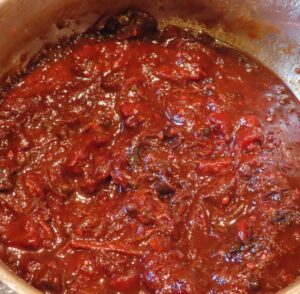
- Carefully tip the pot into a blender or food processor bowl. Whiz it on high for a minute or more until it's completely smooth in texture and the whole spices are ground up.Adjust salt to taste. Remember, condiments should be a little salty.Pour into a 1 qt jar and store in the fridge. This will keep for a few months.
Now for the ketchup version. . . Ketchup is a great base for BBQ sauce because it’s already sweetened and nicely seasoned with spices. First, toast and soak the chilies as above. Next, in a 3 qt saucepan, combine 2 cups ketchup, the chopped onion and soy sauce. Since ketchup is already fairly acid, add just 1 tbsp cider vinegar. Once the chilies have soaked, add them along with the liquid. Bring it to a boil, then reduce to a simmer. Cook until it reaches the desired consistency. Allow it to cool before whizzing it up – an immersion blender works fine with this recipe because it doesn’t need to grind up whole spices. Finally, adjust the salt to taste. It will keep for a month or so in the refrigerator.

